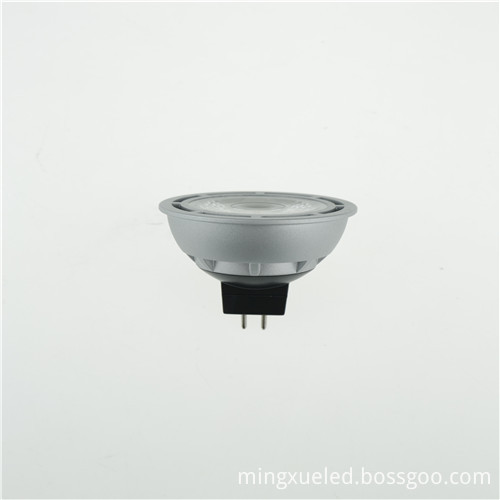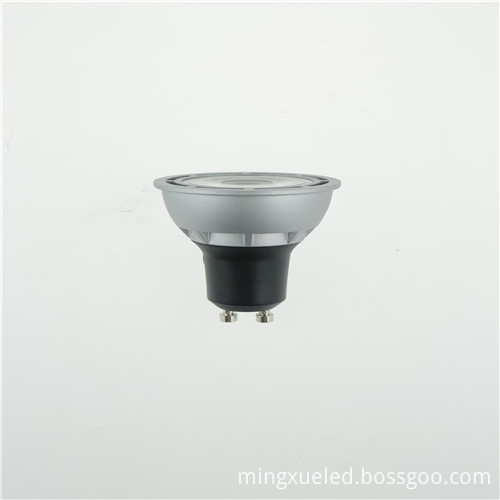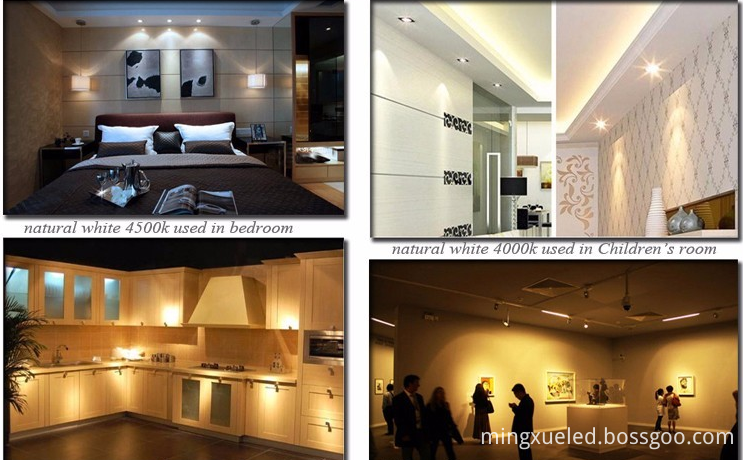[Source "High-tech LED - Technology and Applications" March issue]
LED light source metering and testing has its own characteristics. It is not appropriate to simply use traditional methods to measure the light color parameters of LED light sources. It is understood that there are large differences in measurement results between local testing organizations. The author believes that there are three main reasons: the first is that the value is not traceable; the second is that the measurement method is not uniform; the third is that the performance of the measuring instrument is not uniform.
Detection is inseparable from reliable measurement standards. Only when the magnitude can be traced back to the superior metering mechanism can the measurement have a reliable basis. At present, traditional standard lamp methods are widely used in China for volume transmission. BDT, BDP type standard lamps are regular standard lamps that comply with the total light quantity standard lamp verification procedures. These lamps are stable in repeatability and are used to store and transmit total luminous flux. At present, due to the discontinuation of standard lamps of BDT and BDP type, there are some alternative halogen lamps and incandescent lamps. These lamps can be used as instruments for measuring the value after aging assessment and selection (although the stability of some lamps) Poor reliability). When the calibration or testing laboratory uses the above-mentioned instruments, it is necessary to confirm the calibration/calibration certificate of these instruments during the calibration period. The certificate is issued by a legal metrological verification agency or testing laboratory and has traceability information, verification procedures or Calibration technical specifications, calibration data, and measurement uncertainty.
In the case that the certificate is legally valid, accurate calibration and use of the instrument with the highest performance measurement can obtain accurate results. Incorrect use of the standard lamp and measuring device will only measure the error value, and the error is often not easily detected. This is the most overlooked problem for manufacturers and inspection organizations, that is, measurement standards and methodological issues.
In the following, the author will discuss the problems that should be paid attention to in measuring the color parameters of the light photometer and the spherical photometer commonly used in China.
The process of measuring the total luminous flux by the distribution photometer is to measure the spatial light intensity distribution curve of the light source and calculate the total luminous flux of the light source by numerical integration. There are two ways to calibrate it. The first is to use a standard light intensity lamp, or a distance calibration from the standard illuminometer and the center of rotation to the detection surface. This method is an absolute measurement. The second is to use a total luminous flux standard lamp. This method is a relative measurement method in which the total luminous flux of the lamp under test is obtained by comparing the readings of the standard lamp and the lamp under test. At this time, the spatial light intensity value is calculated using the relative light intensity distribution curve and the total light flux value. For the measurement of chromaticity parameters, a spectrometer that is calibrated with a distributed temperature standard lamp is used.
For more information, please refer to the March issue of "High-tech LED-Technology and Applications" magazine

DIM to warm spot led/DIM To Warm led Spot Light to use light-emitting diodes as a light source for lighting. Use more traditional halogen spotlights, low luminous efficiency, more power, increased by exposure to ambient temperature, short life. DIM To Warm Led Spot Light source on the light emitting principle, energy saving, environmental protection level is far superior to traditional lighting. And the formation of unidirectional LED glowing light distribution for lighting the perfect support.
Currently LED as light source lamps made more and more, DIM To Warm led Spot Light is one of the most acclaimed LED spotlights, as compared with other LED lamps, LED spotlights lower prices.


1. DIM To Warm led Spot Light can be driven using a low voltage DC,like led par30,led par38: a load of small, weak interference advantages of the use of environmental requirements are lower.
2. DIM To Warm led Spot Light can better control the spectral composition of light emission, which can be good for museums and galleries in the local or accent lighting.
3. LED lighting luminous point is very strong: light attenuation is much lower than traditional light sources, LED lighting prices civilians. 4. LED spotlights response time is very fast: in the microsecond level, as long as the switch is opened, will be bright, no delay and flicker.
5. DIM To Warm led Spot Light highly concentrated light energy emitted: concentrated in a smaller wavelength window, high purity.
6. A very long life: generally between 50 000 -10 million hours, because LED is a semiconductor device, even frequent switching, will not affect the service life.
DIM To Warm led Spot Light Application:

Mingxue Optoelectronics Co.,Ltd. has apply the I S O 9 0 0 1: 2 0 0 8 international quality management system certificate, For DIM To Warm led Spot Light we apply the CE, RoHS and SAA certificate for our led lighting product.


DIM To Warm led Spot Light
Dim To Warm Spot Light,White Dim To Warm Spot Light,Dim Warm Spot,Led Dim To Warm
Shenzhen Mingxue Optoelectronics CO.,Ltd , https://www.led-lamp-china.com